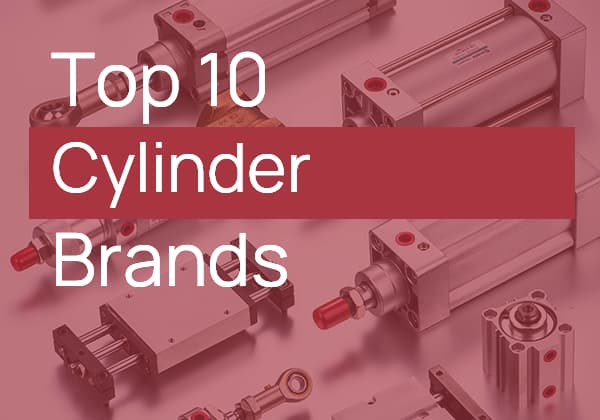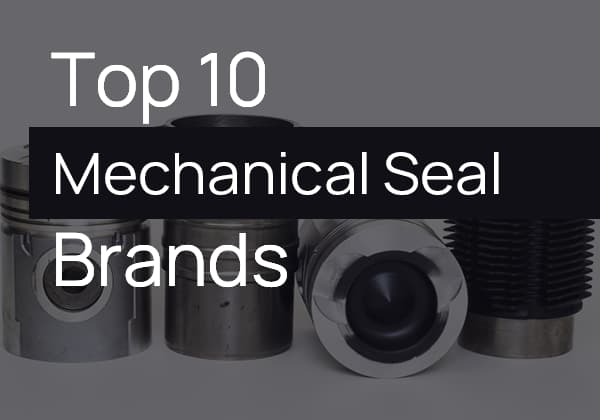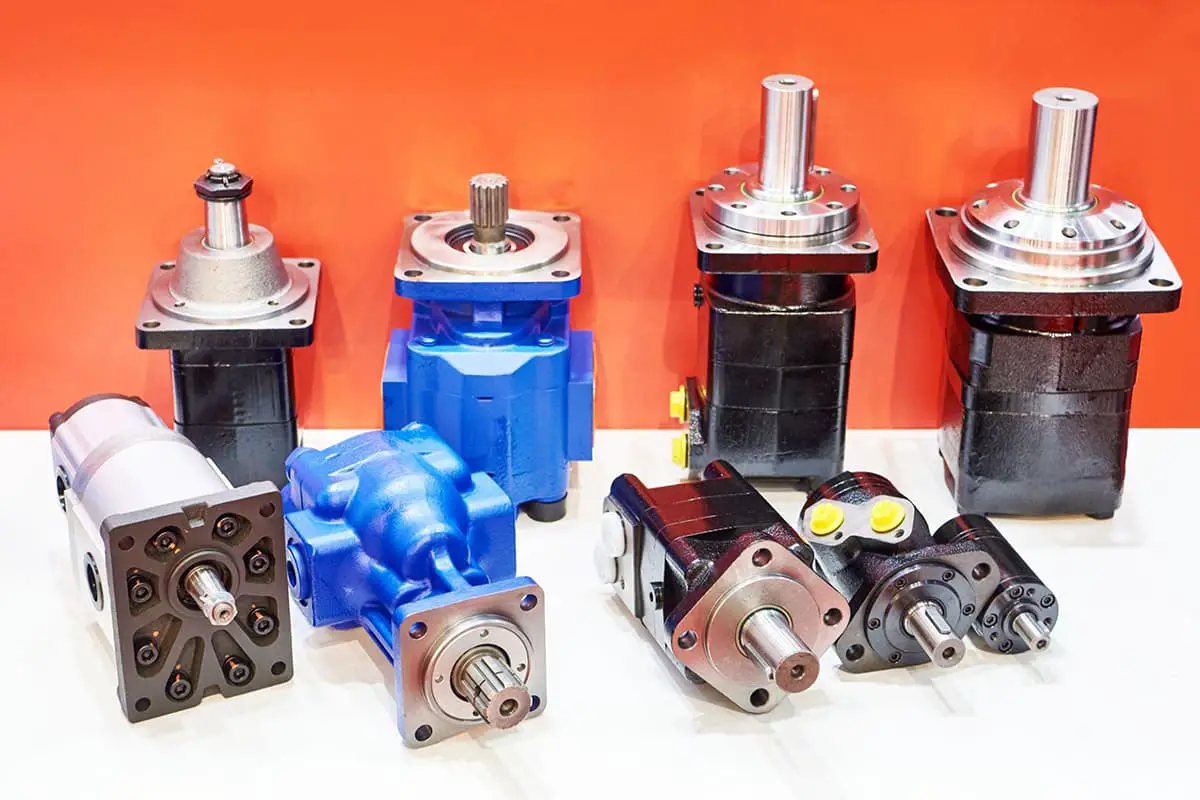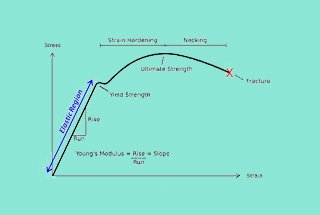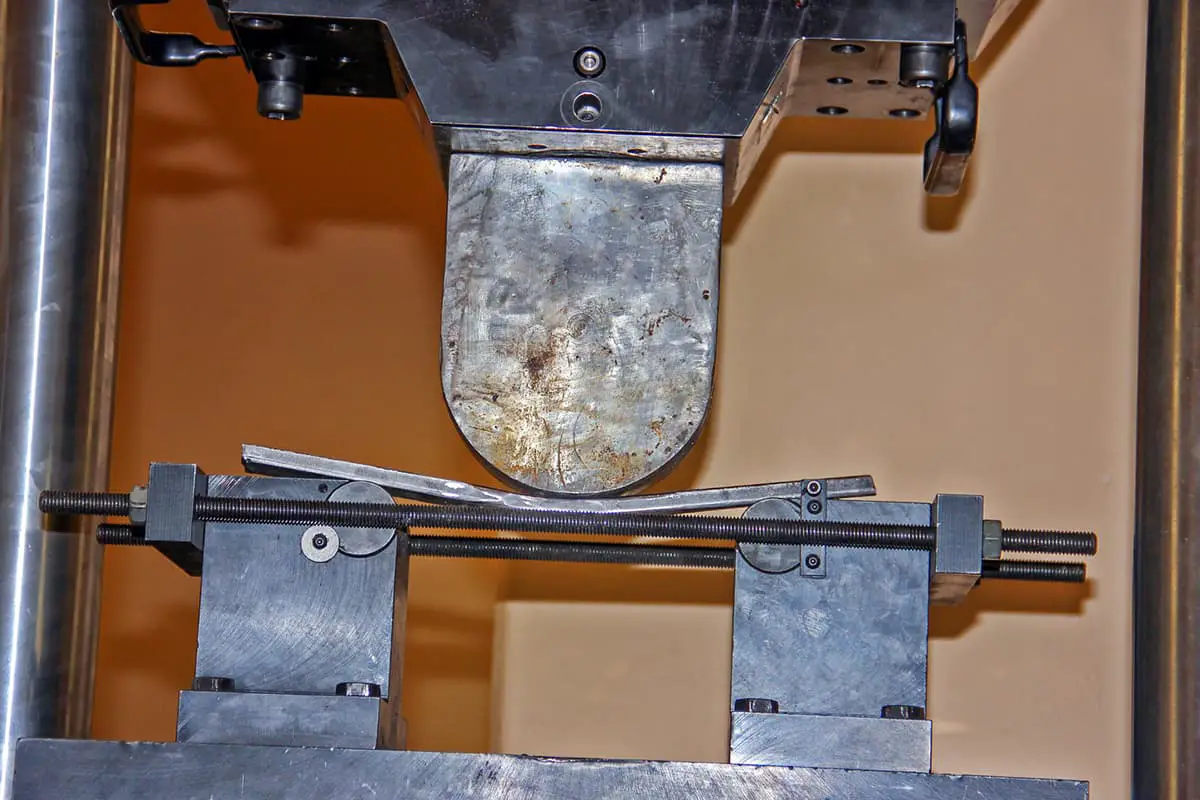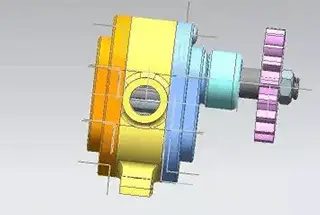
What kind of questions can help you ace a mechanical engineering interview? This article dives into the top 20 questions that test various aspects of mechanical engineering, from transmission systems to material science. Readers will learn not only what questions to expect but also the kind of answers that demonstrate depth of knowledge and practical expertise. Whether you’re preparing for your first interview or looking to refine your responses, this guide offers valuable insights to boost your confidence and readiness.

After working for a while, it’s inevitable to conduct interviews for new hires. Today, I’d like to share some questions that I commonly ask when interviewing mechanical engineers. Everyone can reflect on these questions and consider whether they represent your abilities and level.
What kind of questions would be asked in a mechanical engineering interview?
Firstly, I would ask what aspects they excel in, then proceed to ask questions from the following categories: transmission, structure, sheet metal, shaft components, plate components, and knowledge on material selection (various types of steel, aluminum, alloys, and other metals, as well as non-metallic materials like plastics), heat treatment of parts, electroplating, painting, and other surface treatments.
For transmissions, questions would focus on several aspects: gear transmission, chain drive, belt wheel, synchronous belt drive.

Dimensional chains: In the process of part machining or machine assembly, interconnected dimensions form a closed group, arranged in a certain order. The individual dimensions making up a dimensional chain are called the links of the chain.
The dimension that ultimately guarantees the accuracy indirectly in the assembly or machining process is referred to as the closed link, while the remaining dimensions are known as constituent links.
Dimensional chains can be used to analyze and determine the dimensional accuracy of machine parts, ensuring machining and assembly precision.
Ferrous metals typically refer to steel and cast iron; steel is divided into carbon steel (commonly known as carbon steel) and alloy steel.
Carbon steel is divided into ordinary carbon steel, high-quality carbon steel, and advanced carbon steel according to the quality of the steel (i.e., the amount of harmful elements S, P in the steel). High-quality carbon steel contains ≤0.040% of S, P.
Methods to eliminate welding stress include heat treatment, mechanical methods, vibration, and natural aging.
Post-weld heat treatment (annealing) is an effective method for eliminating residual stress and is widely adopted. It can be categorized into overall heat treatment and local heat treatment. The simplest method is aging treatment.
Annealing, normalizing, quenching, tempering, and case hardening, among others.
Tempering treatment: This involves high-temperature tempering after quenching, where tempering is carried out between 500-650℃.
The primary failure mode of closed soft tooth surface gear transmission is pitting fatigue on the tooth surface. When designing, calculations should be based on the formula for tooth surface contact strength, and verification should be carried out using the formula for tooth root bending fatigue strength.
The main failure mode of closed hard tooth surface gear transmission is tooth root fatigue fracture. When designing, calculations should be based on the formula for tooth root bending fatigue strength, and verification should be carried out using the formula for tooth surface contact strength.
It modifies the speed and torque transmitted from the prime mover to the machine. Mechanical, fluid coupling; fixed speed ratio, variable speed ratio.
For example, the production process flow of a medium-thick plate rolling workshop: continuous casting billet → heating furnace → descaler → rolling mill → controlled cooling → straightening → cooling bed → cut to length → side shears → length shears → surface inspection and cleaning → stacking → storage → delivery
Cylinder detachment; oil pipe rupture; deformation.
The third strength theory should be used, calculating bending stress.
The development of manufacturing automation technology goes in-depth: precision, integration, flexibility, networking, virtualization, intelligence, and cleanliness.
The carbon content in 45# steel is about 0.42 to 0.50%. This type of steel, also known as “oil steel”, is commonly referred to as 45 steel in the GB standard. The market is primarily comprised of hot-rolled stocks; cold-rolled specifications range from 1.0 to 4.0mm.
The main defects observed in casting are: 1) sand holes, 2) sand adhesion, 3) blowholes, 4) shrinkage holes and porosity, 5) sand inclusion and scabs, and 6) cracks.
Cutting fluid serves four purposes in metal cutting processes: cooling, lubrication, cleaning, and rust prevention.
Digital design incorporates support for the entire product development process, product innovation design, product-related data management, and control and optimization of the product development process within an enterprise.
In summary, it involves foundational product modeling, optimization as the main objective, numerical control technologies as tools, and data management as the core element.
Informatization in manufacturing involves the full use of advanced digital, intelligent, and networked information technologies to revolutionize traditional design methods, manufacturing technologies, business strategies, and management models.
Through cutting-edge informatization, high-quality and high-technology-added-value products are produced, paving the way from ‘Made in China’ to ‘Created in China’.
Rolling bearings offer high precision operation and some can bear both radial and axial loads simultaneously. They consume less lubricant, are easy to install, and have a lower friction coefficient compared to sliding bearings.
With their standardized, serialized, and universal features, rolling bearings are convenient to use and maintain, and can save the costs of manufacturing sliding bearings which often require expensive non-ferrous metals.
However, rolling bearings are highly sensitive to foreign matters like metal shavings, have a shorter lifespan than sliding bearings, and have lower load-bearing capabilities for their size, hence their radial size is large.
Therefore, sliding bearings are often used where there is a high load and where compact size and structure are required (like in the crankshaft bearings of internal combustion engines or rolling mill bearings).
Rolling bearings generate more vibration and noise, making them unsuitable for applications requiring high precision and low vibration; sliding bearings are usually the better choice in these cases.
The meaning of CNC is Computerized Numerical Control.
A DC motor is characterized by a stationary magnetic field with the conductor moving within it, while an AC motor features a rotating magnetic field with the conductor stationary.
DC motors can adjust their speed by changing the input current, making them better at speed control. AC motors can adjust their output speed by changing the frequency of the magnetic field changes. DC motors, given equal power, deliver more torque at low speeds compared to AC motors.
Generally, DC motors require more maintenance than AC motors.
In metal materials, elastic deformation is a temporary change in shape that is reversed when the applied force is removed.
Plastic deformation, on the other hand, is a permanent change in shape that occurs when the applied force exceeds a certain threshold and remains even after the force is removed.
Plastic deformation in mechanical components is often seen as a type of structural failure. One of the tasks in structural design is to prevent plastic deformation in working components.
To change the speed and torque transmitted from the prime mover to the working machine. It comes in mechanical and hydrodynamic coupling types; with fixed and adjustable speed ratios.



